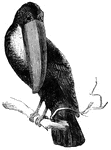Clipart tagged: ‘tropical birds’

Tropic Bird Sitting on a Ledge
The Tropic Bird " are chiefly found in the tropical regions of the south; ... this species breeds as…

A Broadbill Sitting on a Tree Branch
"The plumage in the Calyptomena viridis of the Indo-Malay countries is bright green, with large black…

Drongo
"Dissemurus paradiseus, the Drongo, both sexes are typically black, with metallic gloss of blue, purple,…
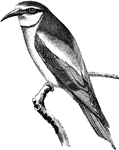
Bee Eater
"Merops Apiaster, the Bee-eater, has ruddy-brown head, neck, upper back, and broad alar bar, buff lower…

European Great White Egret
"Herodias. Great Egret Heron. Character of Ardea proper, excepting in plumage; color white; no crest;…
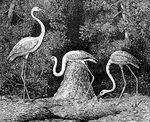
American Flamingo
"Phoinikopteros ruber. American Red Flamingo. Adult: Plumage scarlet, the primaries and most of the…

Jacana
These birds have long toes and claws that permit them to walk easily across leaves of tropical aquatic…
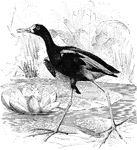
Parra Jacana
"Parra. Jacanas. Bill plover-like, contracted in continuity, enlarged terminally; with culmen depressed…
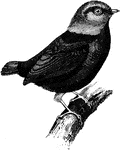
Red-capped Manakin
Pipra mentalis, the Red-capped Manakin, has black plumage with a red head, neck, and thighs.

Motmot
"Momotus brasiliensis, the Motmot, from Guiana to Northern Brazil, is somewhat similar in colour (to…
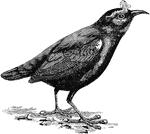
Wattled Pittas
"Philepitta, peculiar to Madagascar, which have bare orbits surmounted by a green caruncle in the male,…
Quezal
"Pharomacrus mocinno, the Quezal of the higher districts of Guatemala to Veragua, is brilliant iridescent…
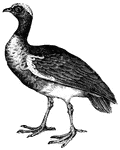
Screamer
Screamers live near moist marshy locations or sandy streams. They do not swim, but walk along the vegetation…

Screamer
Screamers live near moist marshy locations or sandy streams. They do not swim, but walk along the vegetation…
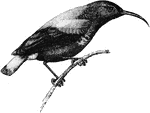
Splendid Sun-bird
"Cinnyris splendidus, the Old World Sun-birds, recalling the non-Passerine Humming-birds by their brilliant…
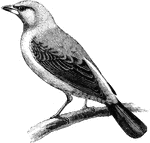
Brazilian Tanager
"Rhamphocoelus brasilius, the Brazilian Tanager, ...are chiefly small in size; the sexes are commonly…
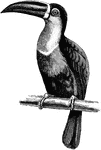
Ariel Toucan
The Rhamphastus ariel, or Ariel Toucan, is black with a yellow or orange rump and throat. The brilliant…

Copper-Tailed Trogon
"Trogon ambiguus. Copper-tailed Trogon. Metallic golden-green; face and sides of head black; below from…
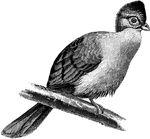
Green-Mantled Turaco Sitting on a Tree Limb
"The Gallirex chlorochlyamys, Green-mantled Turaco, has a general coloration of metallic blue and green…
